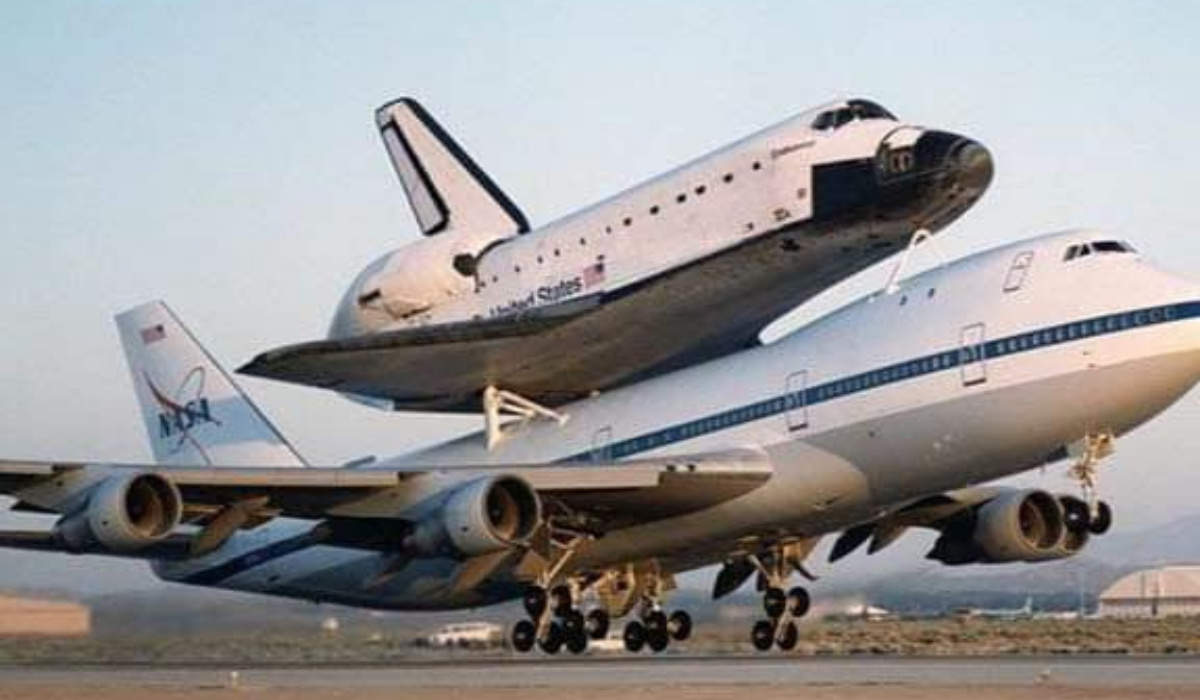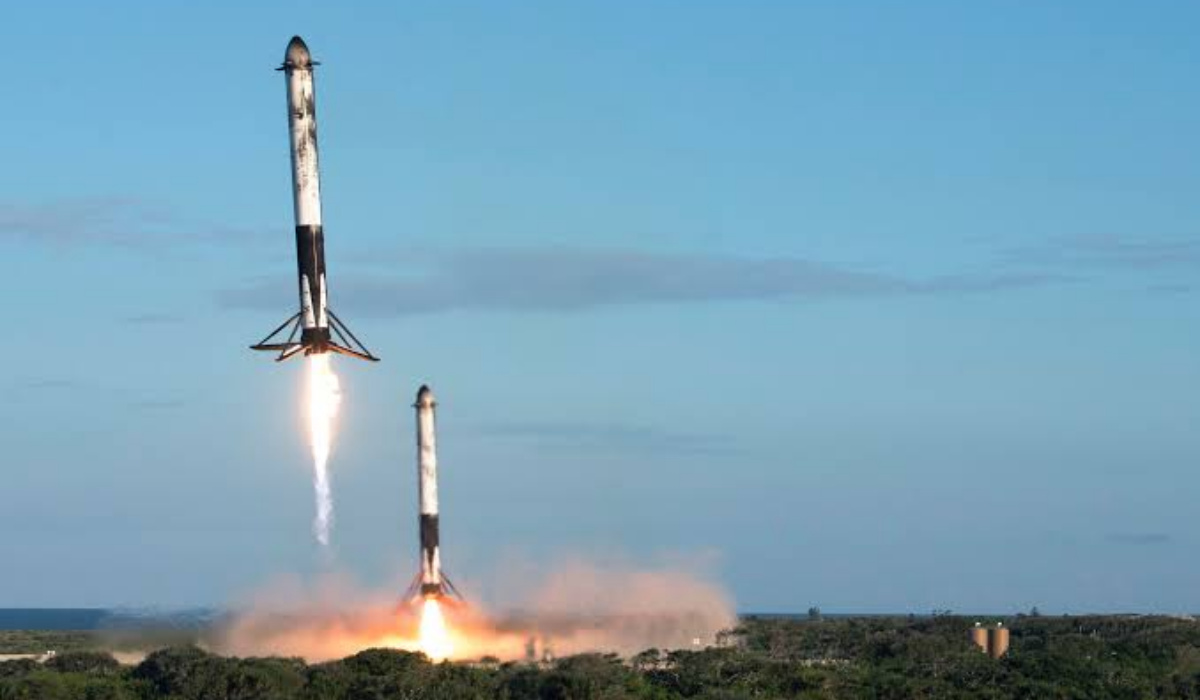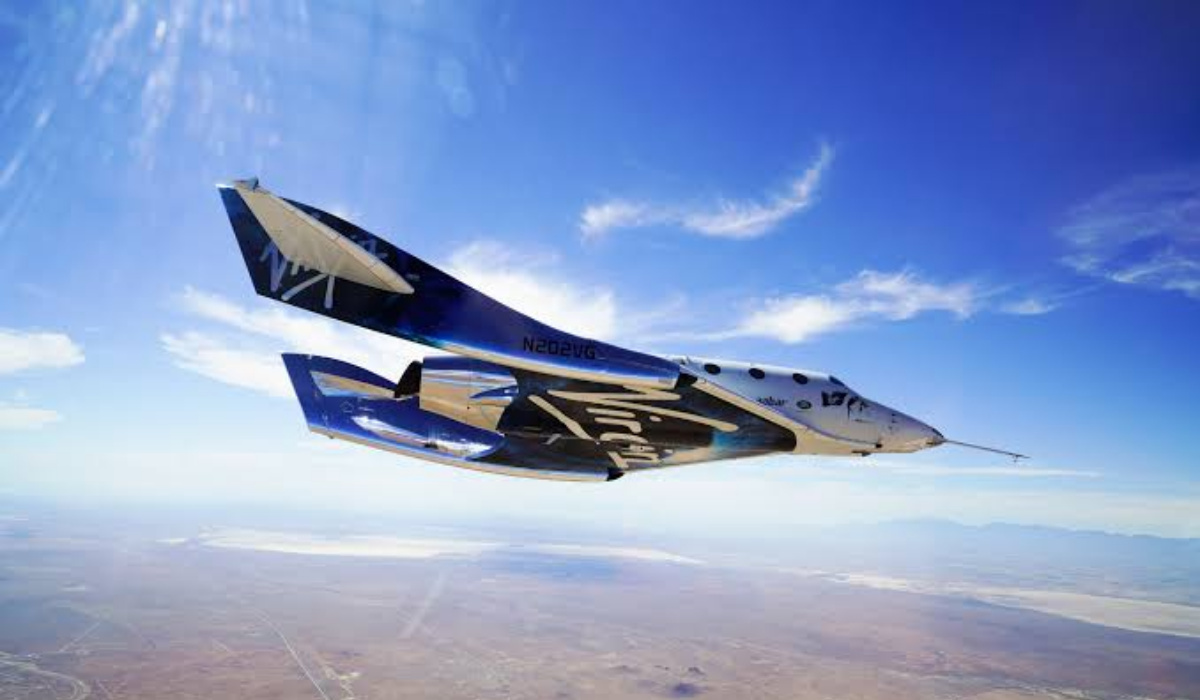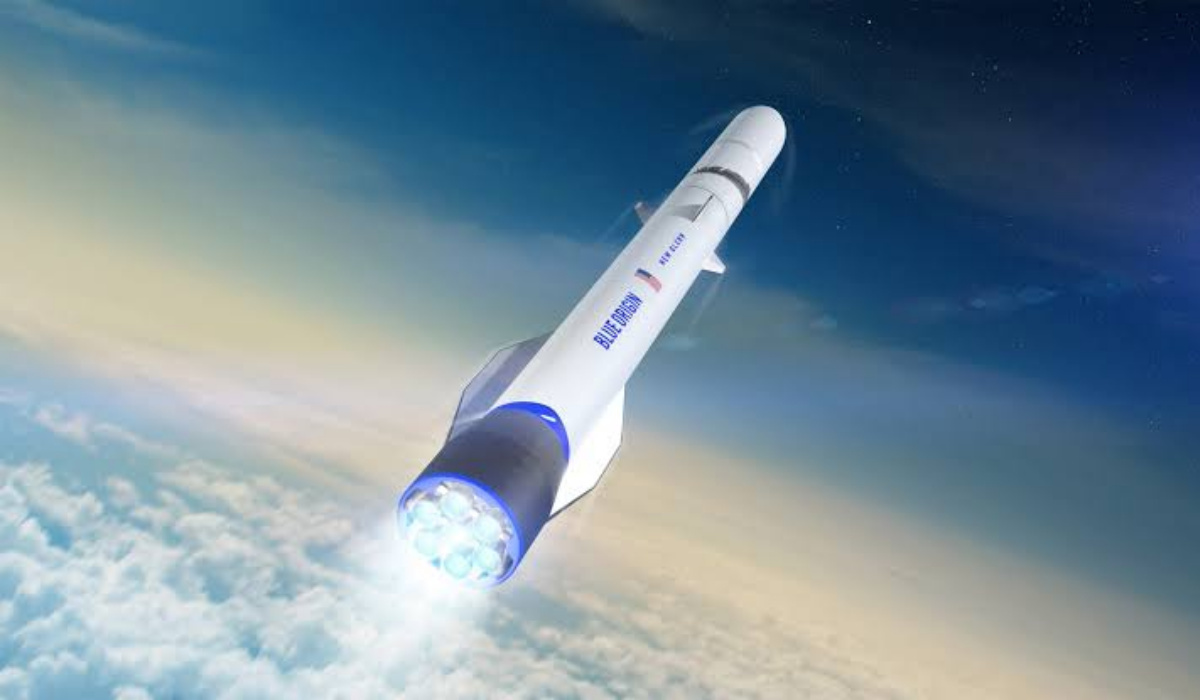These are exciting times. In my lifetime, I have gone from dreaming about commercial space travel to witnessing the first of such flights happen. Though, none of the advanced propulsion systems that I read about as a teenager are in use yet, if I live long enough, perhaps I shall become a space tourist myself one day.
In the early years, it was a mad race between the United States’ NASA (National Aeronautics and Space Administration) and the Soviet Union’s space programme. And for a while, the Soviets kicked American butts badly, though the U.S. later turned the tables.
Table of Contents
The evolution of space travel
As a teenager in the 1980s, I consumed every available material on space travel – the initial scramble for space between the USA and the USSR, the moon landing, and information about all kinds of space propulsion – ion and nuclear rocket engines. I was subscribed to NASA’s magazines so as to be up to date with developments in the industry.
I am now in my way 50s and still find space travel fascinating. The players have changed a lot since the 1980s, though. Space travel has gone from being a competition between government agencies to a competition between private companies. The three leading (most visible) space travel companies today are SpaceX, Blue Origin, and Virgin Galactic. Let me tell you a bit about them.
Modern space travel: A tale of 3 billionaires
When you think of space travel, Blue Origins is likely not the first name that comes to mind. A name like NASA or SpaceX might come to mind first. While NASA was a true pioneer from as far back as the 1970s, they are a government agency. Today’s space race is now largely on the hands of private organisations.
Blue Origin was founded in 2000 by Jeff Bezos, the founder and current executive chairman of Amazon.
SpaceX was founded in 2002 by American billionaire CEO of Tesla, Elon Musk.
Virgin Galactic was founded in 2004 by British billionaire, Richard Branson, who became the first billionaire to fly to space.
You might ask, Why are these three leading space travel companies owned by billionaires? Well, space exploration is highly capital intensive. In other words, it is extremely expensive and requires a certain amount of financial buffer that only billionaires (and governments) possess to pull off.
Milestones in space travel
Here is a quick timeline of how the dash for space has been till date.
On October 4, 1957, the Soviet Union made the first space flight when they launched the earth’s first artificial satellite, Sputnik I. It was unmanned.
In 1959, once again, the Soviets beat the U.S. to putting the first man-made object on the moon. This was an unmanned flight, as well.
And on April 12, 1961, Yuri Gagarin from the Soviet Union became the first human in space. His vehicle, Vostok 1 circled Earth at a speed of 27,400 kilometers per hour and completing one orbit around Earth in 108 minutes.
On July 20, 1969, American astronaut, Neil Armstrong, became the first human to set foot on the moon. The U.S. was in the lead, for the first time, in the race for space domination. They have kept that lead since then till date.
On April 28, 2001, Dennis Tito became the first space tourist after paying a whopping $20 million. He made a successful seven-day trip to the International Space Station (ISS). The original trip was supposed to be to the Soviet space station, Mir, but that station crashed to earth. The Soviets then flew him to the ISS instead, causing not a little discomfort internationally.
On June 21, 2004, a company called Scaled Composites, funded by Paul Allen, achieved the first entirely privately funded crewed flight to space. It can be argued that it was at this point that private commercial space travel was born. Scaled Composites and Virgin Galactic had a joint venture that the latter eventually bought out. Scaled Composites has been acquired by Northrop Grumman.
On the 11th of July 2021, billionaire Richard Branson made a successful sub-orbital spaceflight as member of the Virgin Galactic Unity 22 flight.
And on the 20th of July, 2021, billionaire Jeff Bezos made a successful sub-orbital spaceflight on Blue Origin’s NS-16. 2021 was the year of the billionaires in space, except that Elon Musk didn’t complete the list.
The race for commercial space travel is hinged on one thing: Reusable Launch Vehicles
Early space rockets were not reusable. During launch, the flight itself, and then re-entry to the atmosphere, huge parts of these vehicles burnt out because of the tremendous heat involved and so were discarded. In order for space travel to become much more affordable, space ships had to become like aeroplanes. They had to become reusable.
As the term suggests, a reusable launch vehicle (or reusable spaceship) is a space-going vessel that can be recovered and reused for another flight, thereby reducing the cost of space travel. NASA pioneered this with the Space Shuttle, a plane-like spaceship that could land back on earth after each trip and then be used again for subsequent space trips.

The Space Shuttle was retired by NASA in 2011. As a side note, I have visited the NASA space museum in Houston, Texas and seen the early space rockets as well as the Space Shuttle. Fabulous works of engineering they are. I have included below, photos of the different types of reusable space vehicles used by the three contenders for commercial space travel.



My favourite reusable rocket ship model at the moment is the one in use by Virgin Galactic. It is based on the Space Shuttle model, which means it consists of two separate vehicles – a carrier aircraft taking off from a regular runway with the smaller space-ship piggybacking on it before being released at high altitude to boost out to space. Both vehicles land like regular aircraft.
Who is winning the race for commercial space travel?
While Blue Origin and Virgin Galactic have taken civilians up into orbit below 100 km above planet Earth, SpaceX has flown civilians all the way to the International Space Station orbiting the earth at about 400 kilometres and even beyond that.
SpaceX has also flown more space missions than any of the other two. As a matter of fact, half of the thousands of satellites on orbit around the Earth were launched by SpaceX [1].
As it stands, SpaceX is leading the race for commercial space travel. How much does a seat in a space flight cost now? A trip with SpaceX cost $55,000,000 the last time I checked. In contrast, Virgin Galactic is offering its low orbit trips for much less – $450,000. Over 800 people have paid for a ticket. Virgin’s low orbit space trips are less exciting than what SpaceX offers, but price is a huge factor, and being so much more affordable means more space tourists will turn to Virgin first.
However it plays out, the age of commercial space travel is here, and it will only get more affordable and more exciting from this point. I can’t wait till an orbit around the Earth costs as little as an air ticket from California to London costs. Perhaps I might be able to fulfill my teenage dream of experiencing space flight. I have a few more decades ahead of me, after all. To infinity and beyond!
References

